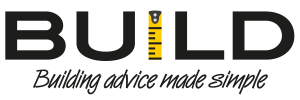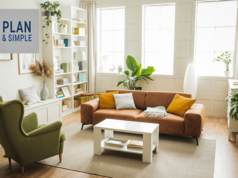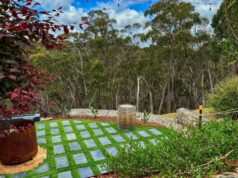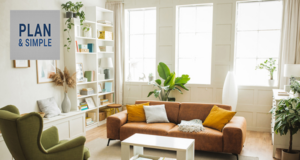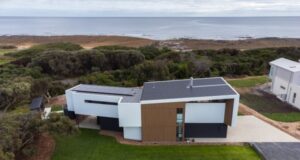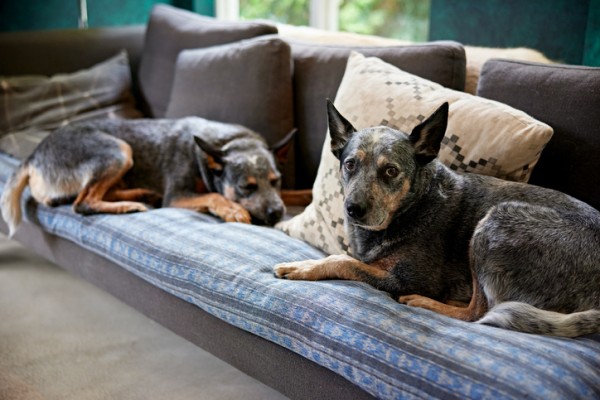
Once a quirky buzzword, ‘barkitecture’ is now a serious consideration in Australian home design. It refers to the integration of pet-friendly features into the architectural and interior planning of a home, from bespoke dog nooks and cat highways to durable finishes and dedicated bathing stations.
With nearly 70% of Australian households owning a pet, it’s no surprise more renovators and new home builders are thinking beyond the backyard when it comes to their furry companions. Barkitecture isn’t just about indulgence, it’s about functionality, longevity and creating a safer, more harmonious living space for humans and their furry friends.
What is barkitecture?
Barkitecture blends the words “bark” and “architecture” to describe home design elements that cater specifically to pets. It can be as subtle as scratch-resistant flooring or as integrated as a built-in feeding station under the kitchen bench.
Originally popularised in the US through TikTok and luxury design circles, the trend has found solid footing in Australia. From inner-city terraces to regional new builds, more homeowners are realising that pet-first design can improve everyday living for the whole household.
Key features of pet-friendly homes
Pet-friendly doesn’t mean turning your home into a kennel. It’s about smart design decisions that consider your animal’s comfort, safety and daily routines. Here are some of the most popular features in barkitecture:
- Built-in pet zones: Nooks under stairs, custom cabinetry cubbies or mudroom sleeping bays can give pets their own sense of place without sacrificing style.
- Feeding stations: Drawers with recessed bowls, storage for pet food, and water connections for auto-filling bowls are on the rise in modern kitchens.
- Pet doors and access points: Flush-fitting, lockable pet doors or side gate access points make it easier for animals to move in and out safely.
- Durable flooring: Vinyl planks, tiles or sealed concrete are all great options for homes with pets. They’re easy to clean and resist damage from claws or accidents.
- Pet bathing areas: Low splash zones in laundries, outdoor wash bays or even tiled shower niches for dogs make grooming at home far easier.
- Climbing and perching spaces: For cats, features like overhead walkways, climbing posts and lookout shelves let them engage in natural behaviours without taking over furniture.
Why design for pets?
Designing with pets in mind isn’t just about spoiling them, it’s also about minimising damage, improving flow and reducing future retrofit costs. For example, including a pet-friendly floor plan in your renovation can prevent scratched timber, chewed skirtings or cluttered feeding areas down the road.
Pet-safe materials, chew-resistant trims and enclosed outdoor spaces also help reduce injury or escape risks, something especially important for new puppies or rescue animals.
And with Australians spending more time at home (and more money on their pets), investing in barkitecture can also increase resale value by appealing to future pet-owning buyers.
Tips for building or renovating with pets in mind
If you’re considering pet-first features in your home, here are a few things to keep in mind:
- Think about your pet’s routine: Where do they eat, sleep, play and toilet? Your design should support their natural patterns.
- Plan for future flexibility: Today’s features should still work if you adopt another animal or your pet ages.
- Use pet-safe materials: Avoid slippery surfaces, toxic finishes or anything that’s easily damaged or ingested.
- Talk to your builder early: The best barkitecture features are integrated during the design and planning stage, not tacked on at the end.
Final word
Whether it’s a full-blown pet suite or a few thoughtful inclusions, barkitecture is about designing homes that work better for every member of the family — paws and all. With the right approach, your renovation or new build can be both beautiful and pet-friendly, helping your home function seamlessly for years to come.
